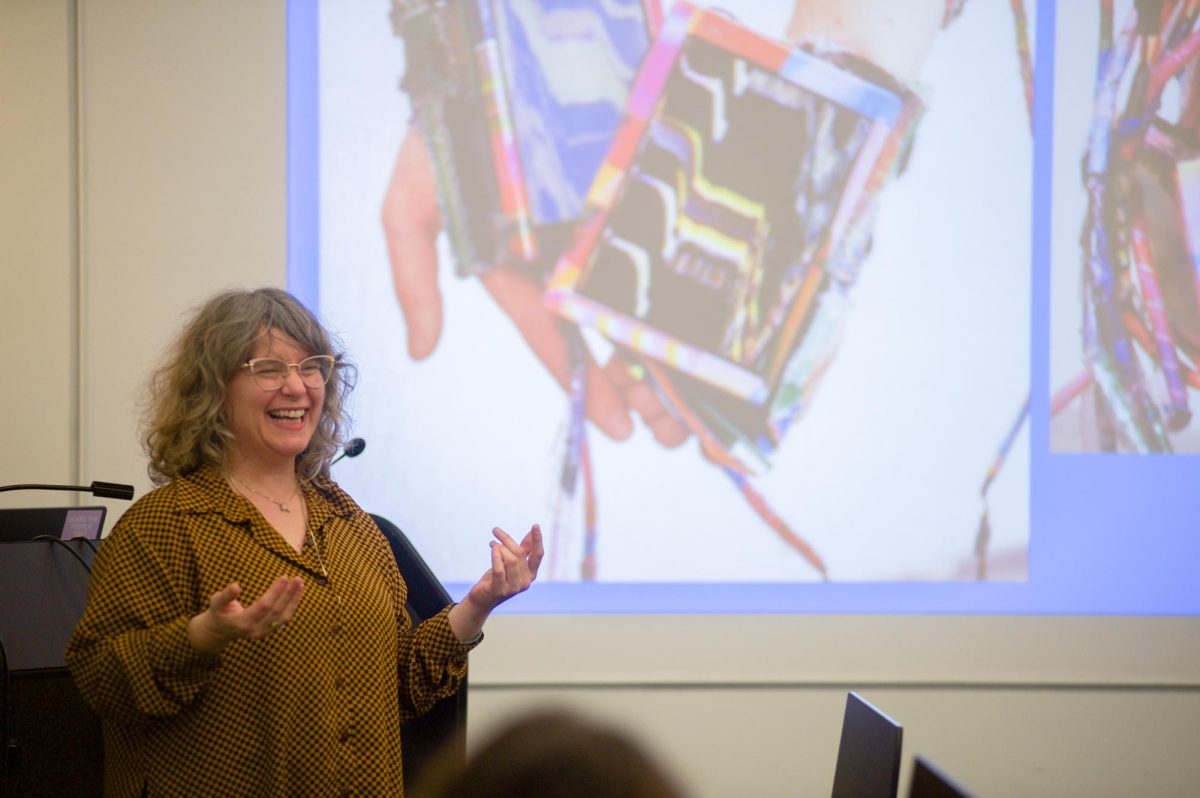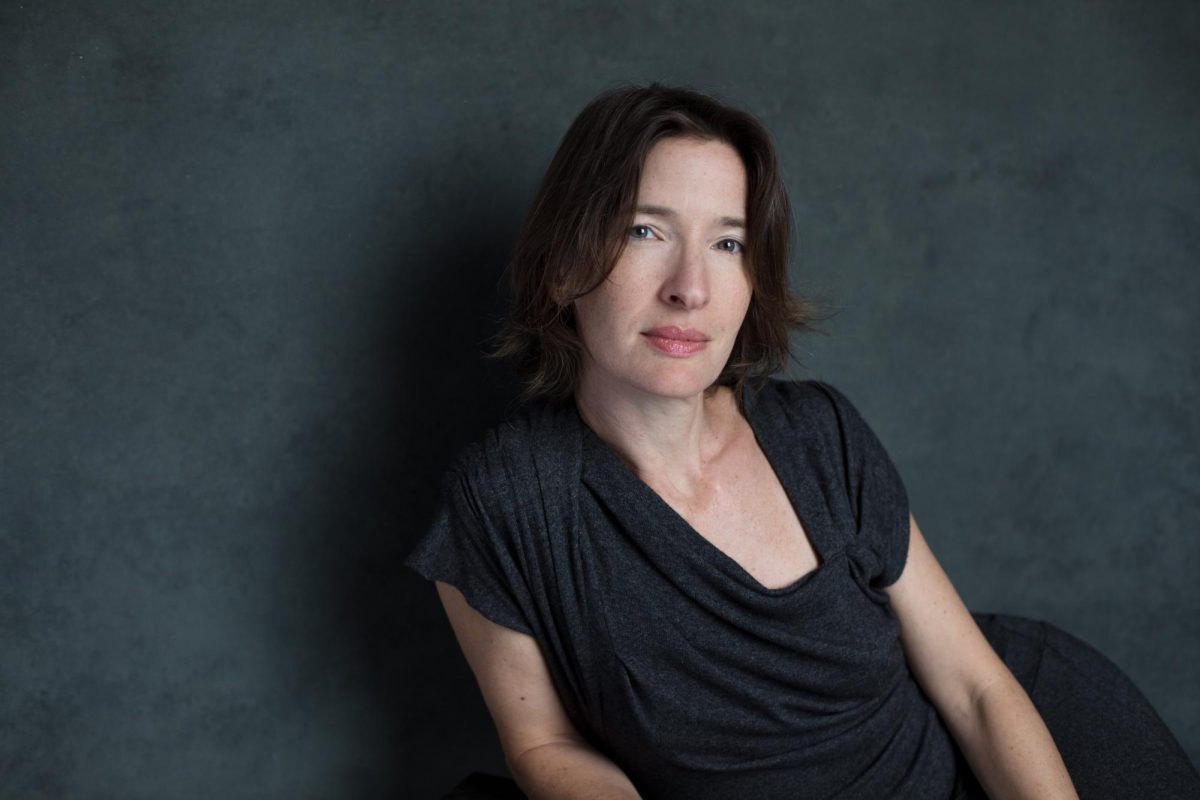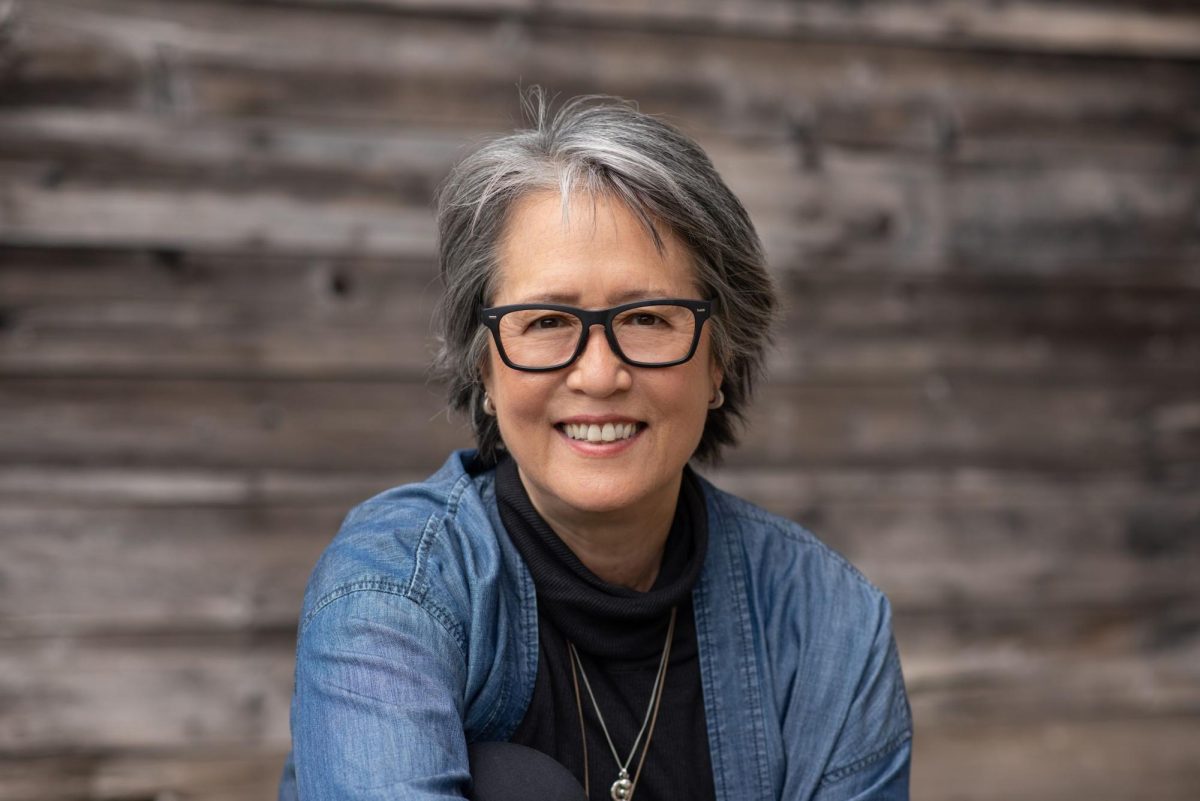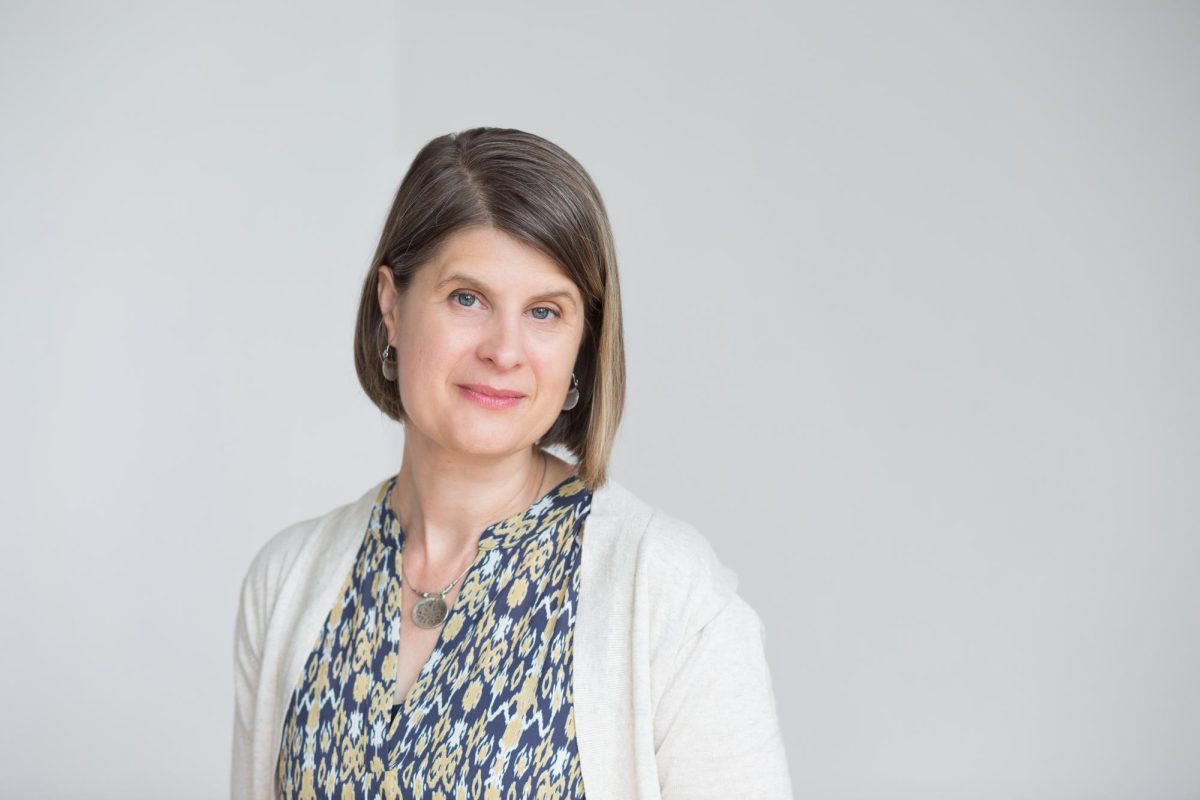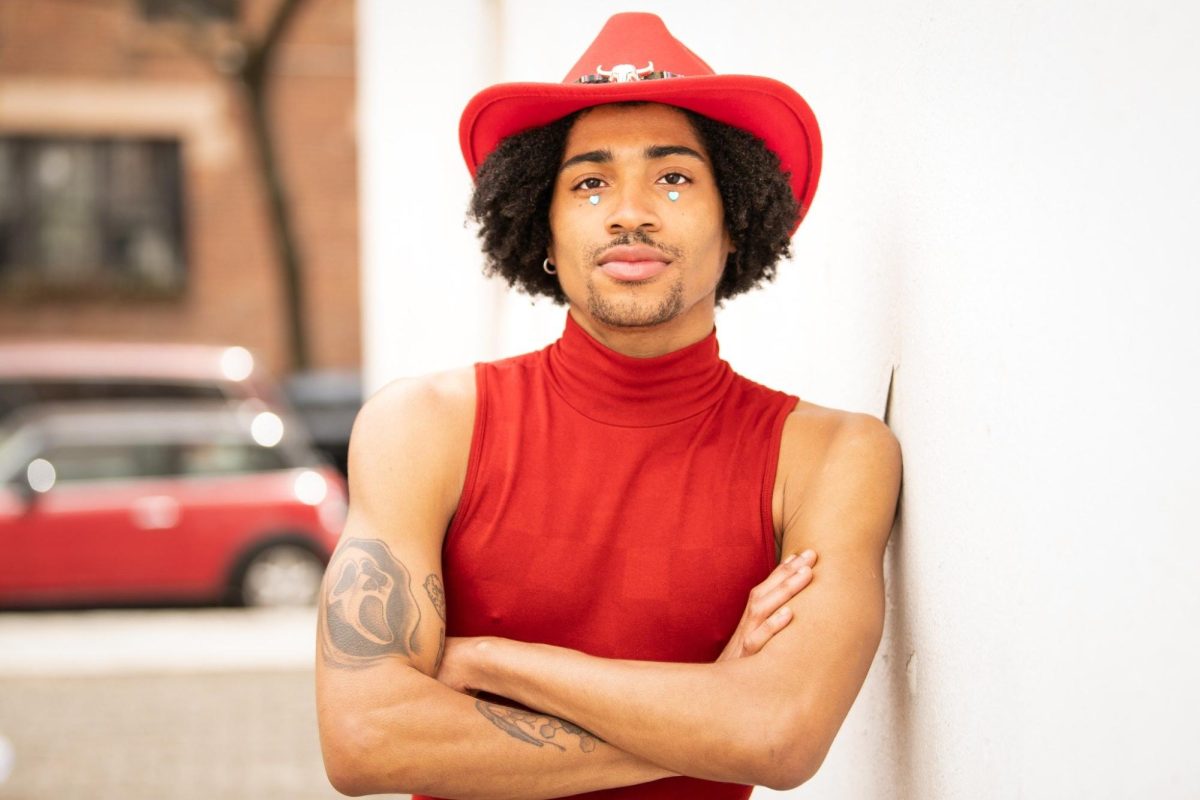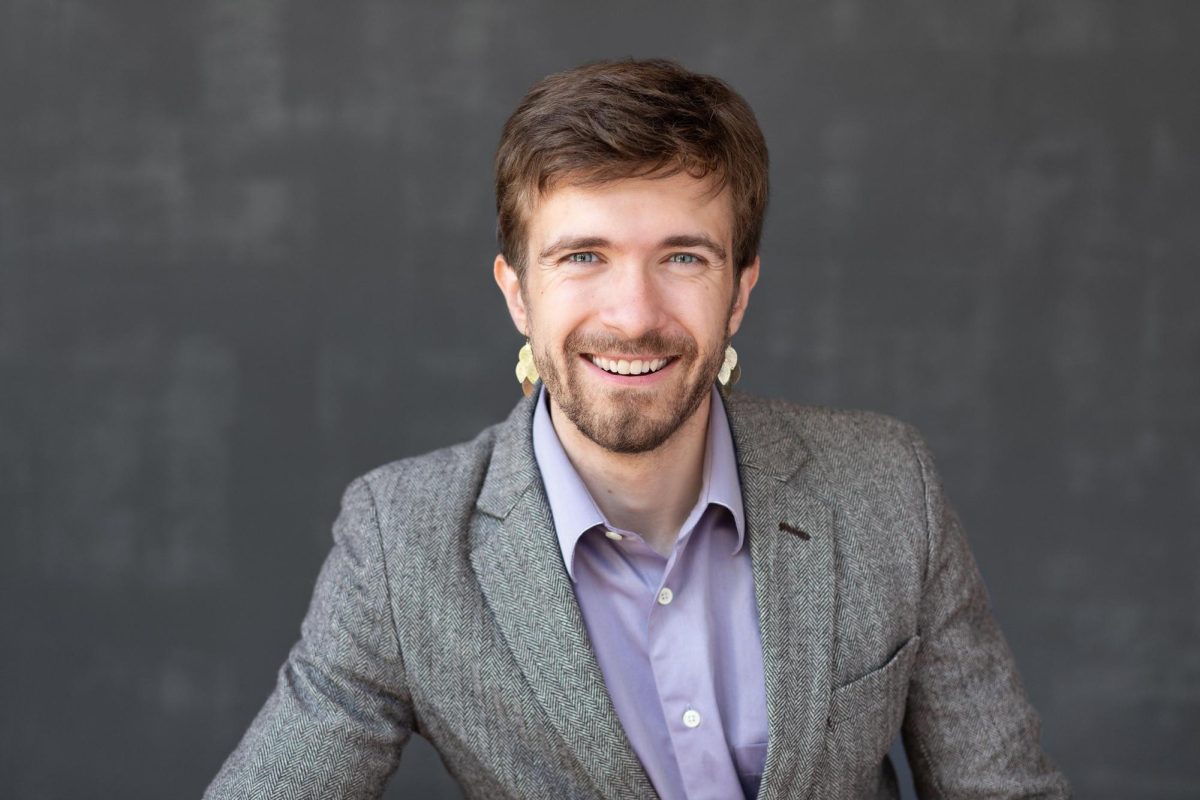Tali Hinkis is a member of the artist duo LoVid. On Wednesday, she came to the Clarence Ward Art Library to give an Artist Talk on her unconventional practice.
This article has been edited for length and clarity.
Sound and engaging with one’s sense of hearing is a major component in many of your pieces. How do you think sound is able to reach an audience in a way visuals cannot?
I think that if you look at art forms that are popular, music is just more popular than visual art. I think humans naturally gravitate towards music. Music is something that we seem to need to make to hear it. It’s kind of an amazing functionality of being human. We can’t turn off our ears; we can’t close them, so we’re always in a sonic environment. We can close our eyes. So, music is just such a powerful device, and it’s obviously been used in so many art forms from live theater to cinema to dance.
I’m not a musician, so from a very young age I was always just jealous of musicians. They have that connection with people and seem to make something that is completely necessary: humans need music. Whereas visual art, you have to really make a case for yourself. It’s harder. We live in a visual world, so it’s a different challenge to define where art has a place.
On the other hand, a lot of the music that LoVid makes is pretty harsh. It’s on the noise, experimental spectrum; it’s not melodic, standard. It is not using traditional instruments. It is not appealing to everyone. In fact, it’s designed in some ways to kind of be extremely engaging and draws some people into that, but then some people will not be able to tolerate it. What we’ve noticed over the years, though, is that we might have work that has extremely intense visuals, and that is tolerated and enjoyed mostly, but if there’s intense audio it’s really hard for people. In an exhibition setting, that’s just something that we’ve learned to think about. The sound, once you put it in there, is grabbing people’s attention, but for some it can also really act as a turn off. We’ve decided over the years where, when, and how it’s important to incorporate it. There’s a kind of relationship with nature and abstraction. The sound kind of goes in and out. Sometimes it’s really harsh. And that’s really a device to not let the audience just enjoy the pretty visuals.
How did you get involved with this kind of work?
I grew up painting and identified as an artist my whole life. I studied film in high school, so I wanted to go into traditional cinema when I was a teenager. I loved image making and I loved the camera work. But I soon realized that I don’t have the capability. I don’t think in linear ways, and I wasn’t able to articulate it then, but I realized that I’m not a narrator. I don’t have the structure of storytelling in my way of thinking. I wasn’t drawn to it. It was a real challenge for me. And when I was first in high school learning video editing, I had some idea that there was this whole other world of using video in a non-narrative, non-linear way, but I didn’t know that it was possible. I was drawn to it from the beginning. Then, I went to school in Paris and also started painting and printmaking, but then quickly switched to video.
Even in a time-based video, you can really push the boundaries of the rhythm of it, and there are no rules — it’s a rule-breaking method. So that’s how I started, in the mid to late ’90s. I was still using tapes, because there were no computer systems available. Then I got into using the computer for digital work and experimenting with early internet stuff in the ’90s also.
Recently, your Tide Predictor was added to the Museum of the Moving Image’s permanent collection. What was it like for you to work with JavaScript?
I don’t code myself — Kyle, my collaborator, does work a lot on the analog synthesizer stuff and does some coding. It is all algorithmically generative work, as is all the work that we’ve done, but often when we bring in these more complex programming systems, we work with Douglas Repetto. Repetto has been a collaborator for about 20 years doing a lot of data sampling visualization. Tide Predictor was another time where we worked with Douglas on the P5JS program. I don’t do math. I’m a visual artist, and I need to move things in visual space. But I do like working with a lot of different technologists.
The relationship between the visual vision for something and having to then communicate it through language and then work with a coder or with a developer is a back-and-forth. There’s so many artists who don’t work in a vacuum. These relationships take a very long time and are built on trust and appreciation for the other artists’ vision as well. With Tide Predictor, which was our first on chain [AI] generative work, it was really interesting to have a relationship with our analog video works from 20 years ago. It was interesting to really see at what point the code can match the analog synthesizer but was not intended to look exactly like it. At one point it verges off of it and kind of goes away. For LoVid, that really likes to touch things and likes imperfections, code is really challenging because it’s meant for artists to have control. With this system, it’s a nice play because you have control over some things, but then there’s these outputs that just do their thing.
Who and what are some of your biggest inspirations?
I would push back on that a little bit because I have lots of things that are inspiring. I think that actually, inspiration is not the best question to ask artists because everybody’s inspired by something. It’s never the point of what’s inspiring to you, because we all have millions of ideas. It’s really what keeps you going and what makes you show up for your work? I think that’s more important to think about because inspiration gets over-romanticized. The truth is that when you’re a working artist, it’s never about inspiration. It’s about doing the hard work of getting something done and how you put it out in the world.
What is next for LoVid?
Soon we’re going to be part of a group doing public projection in Denver for the month of May. There’s going to be a video piece of a work that’s called “Heart Sleeves.” It’s always great to have video in public spaces — it’s such a great opportunity to consider architecture and city life, and video is a very powerful tool. The big thing after that is we’re going to have work from 2006 at a group show called Electric up at the Buffalo AKG Art Museum, and that’s opening in the fall and it will be touring to France as well. There’s definitely work that we’ve done 20 years ago that would be more historicized. That’s not to say that there was no interest in it then because it did travel and get exhibited before, but it’s really nice to have it recognized as a historic artwork — within both broadly the history of art and specifically within the history of video art.


